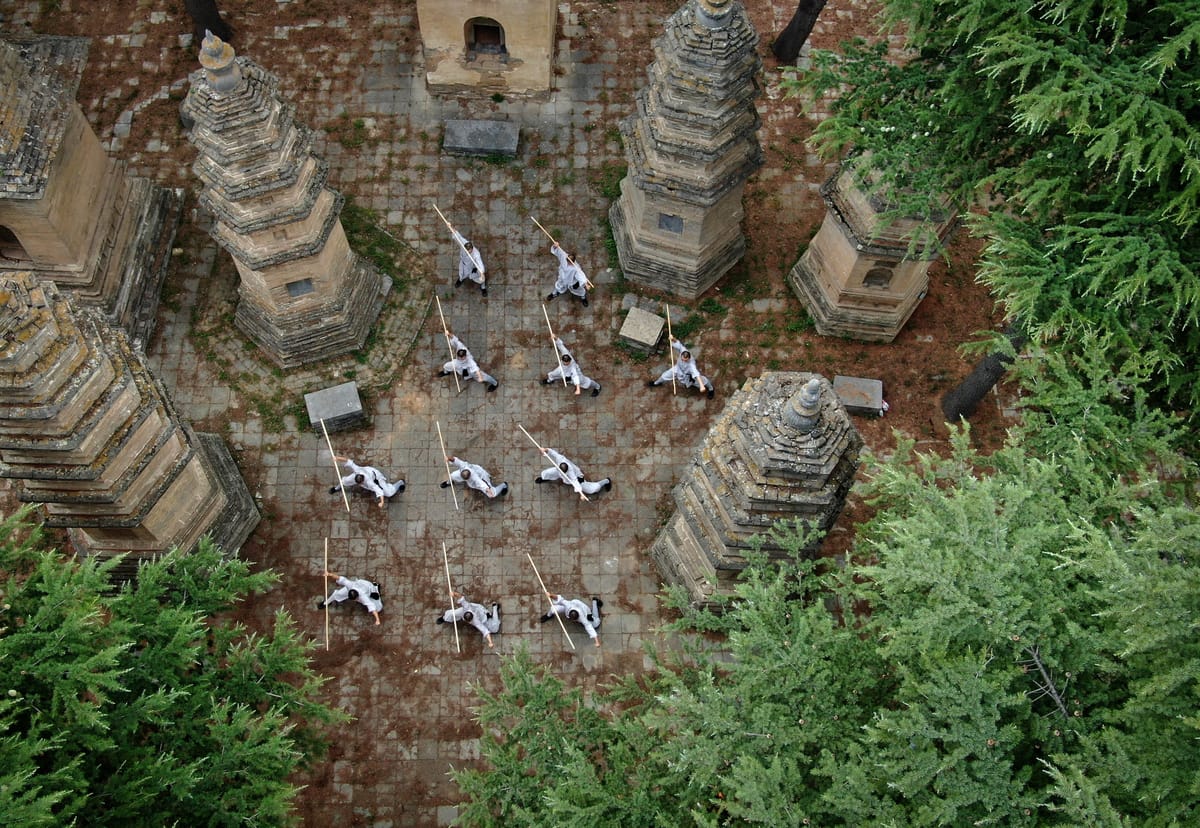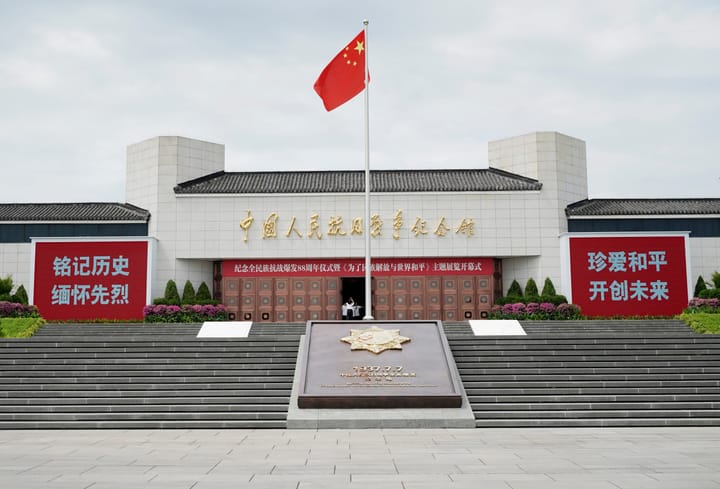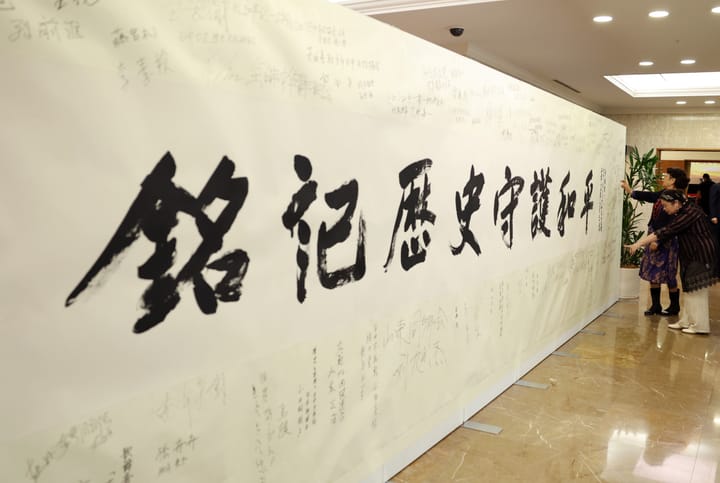Video| When NBA Star Meets Chinese Culture: Victor Wembanyama opens up about ‘great experience’ at Shaolin Temple

By Pierre Picquart
Recently, a piece of news sparked widespread attention on social media: The star player of the NBA's San Antonio Spurs, Victor Wembanyama, had his head shaved at the Shaolin Temple and separated from his entourage to undergo a 10-day seclusion for spiritual practice. This was later confirmed by personnel from the Shaolin Temple. In the footage, Wembanyama appeared with a shaved head, wearing a monk's robe, practicing martial arts with monks, and enjoying vegetarian meals, earning him the internet nickname "the tallest 'monk' in Shaolin." He is just one of many foreigners who have been captivated by the Shaolin Temple and Chinese culture.


